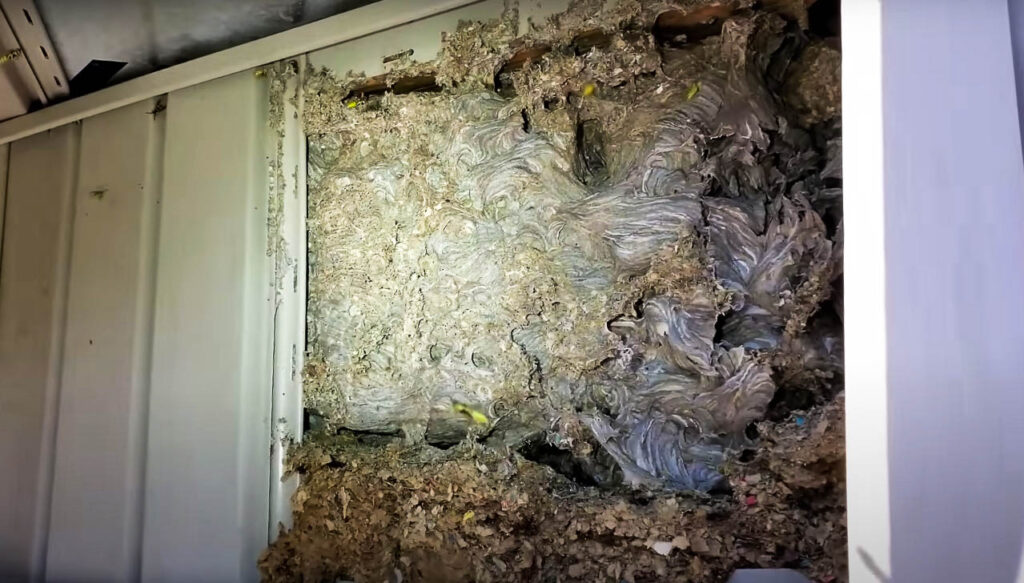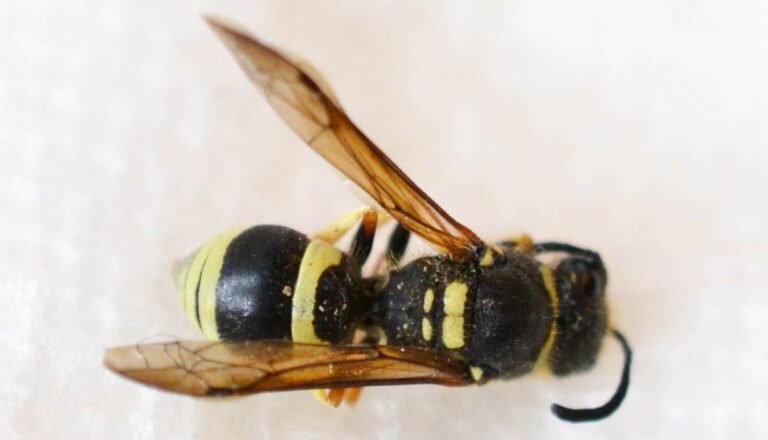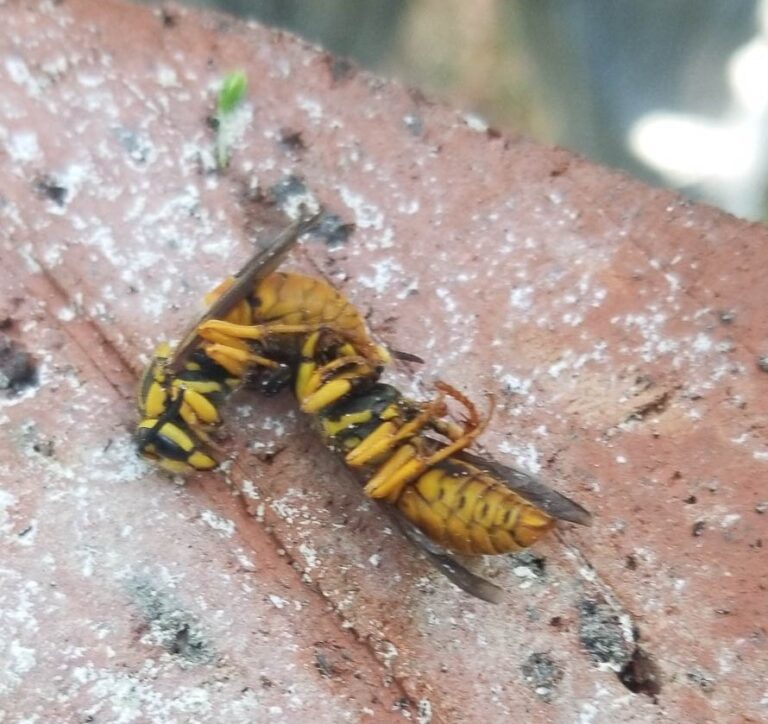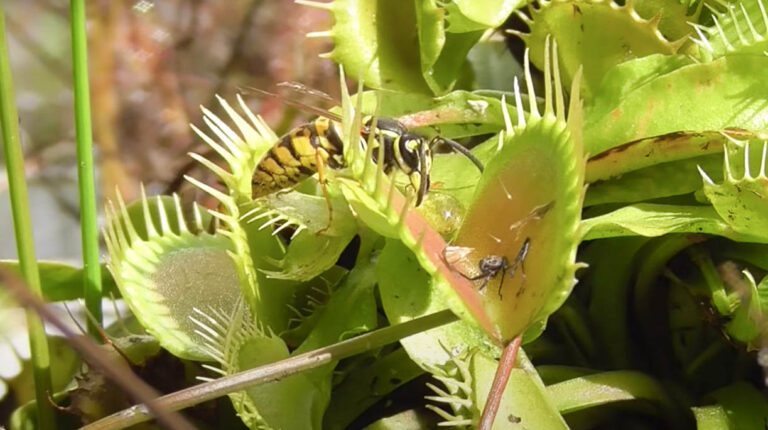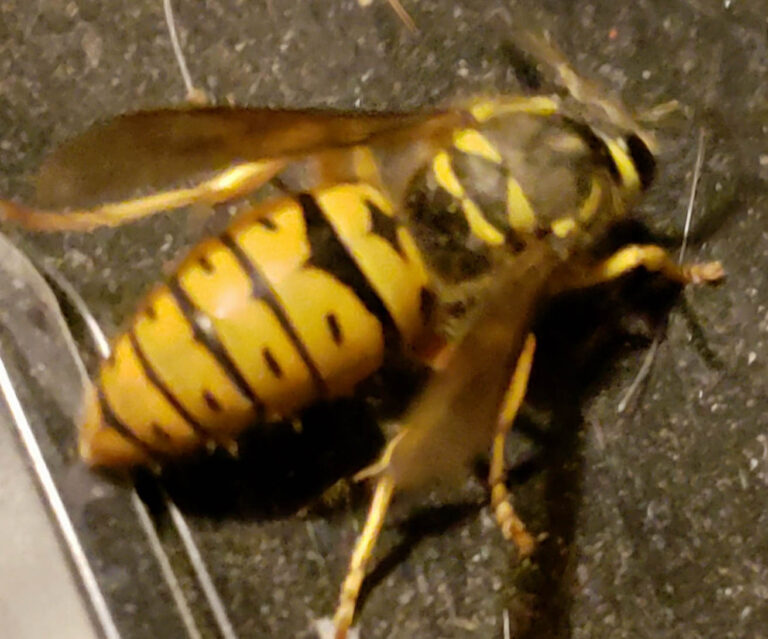What attracts yellowjackets?
What Attracts Yellowjackets?
Yellowjackets are commonly mistaken for bees. But they’re quite different. For starters, yellowjackets are a lot more dangerous, being likely to sting you if you get close to a nest. They also have nasty stingers and can sting multiple times, in contrast to bees. Therefore, it’s sensible to discover what attracts yellowjackets so that you can avoid coming into contact with them.
Firstly, there are several different species of yellowjacket. Each will have some differences in what attracts them and in their general behavior. However, all will be recognizable for their distinctive black and yellow striped abdomen. But, while most yellowjacket species won’t bother you, some develop a so-called ‘scavenger habit’. This means they supplement their regular diet with foods they’ve scavenged from the area. Doing so often brings them into contact and conflict with humans.
Sweets and meats
Before we delve into what attracts yellowjackets, it’s essential to understand a few traits. As adults, yellowjackets prefer eating sweet and carbohydrate-rich foods. In nature, this means tree sap, fruits, and plant nectar. To begin, they will scour the area for such natural foods, traveling up to 1,000 feet from their nests. However, as these foods dry up, they’ll search more aggressively for other sources of food. If you leave a sweet drink on the side, for instance, juice or soda, then yellowjackets will be attracted. Any presence of sugar is likely to get a nearby yellowjacket interested. Nor are they picky eaters.
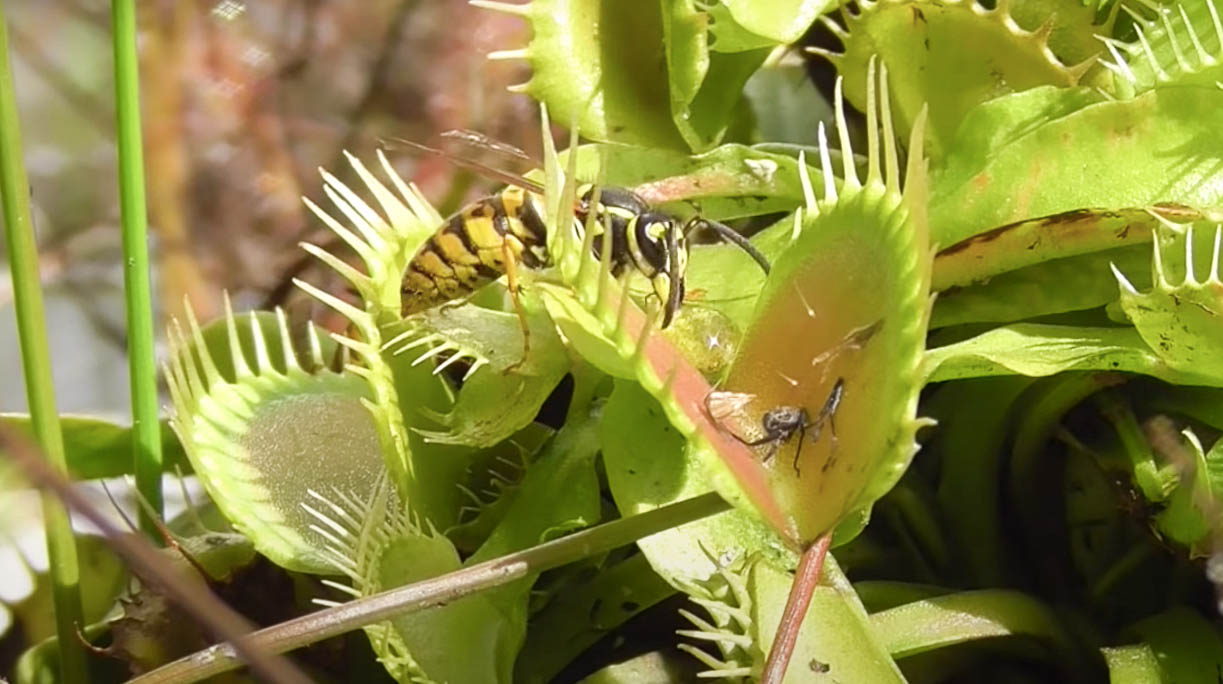
Uncovered trash will attract yellowjackets, amongst other insects and bugs. So, be careful where you put out the garbage. But beware, they can also be drawn to perfumes. In contrast, to the adult, juvenile yellowjackets will eat meats, fish, and other invertebrates. The adults will hunt for these foods and bring them back to the nest. Therefore, an outdoor picnic or backyard cookout is ideal for attracting yellowjackets. Both the meats and sweets will attract them.
However, yellowjackets are also fond of spiders. If your home has a large spider population, then you’ll often find yellowjackets hunting for them. But remember, yellowjackets hunt spiders, but spiders in turn hunt flies. So, you can indirectly control yellowjacket contact by reducing the number of flies
Places to nest
In day to day life, you’ll meet yellowjackets as they hunt for food. However, once a year, the queen will go searching for a new nest. Small entry points will attract them to your property. For instance, a shed or outbuilding, or a small hole in the mortar leading into your home’s eaves. Unlike a summer yellowjacket that can be swatted away, once nested, the yellowjacket will bed down for the year. Or at least until winter. Therefore, it is crucial to ensure there aren’t any accessible nesting sites on your property. Fill any holes in the walls and give your roof an inspection. After all, prevention is better than cure.
